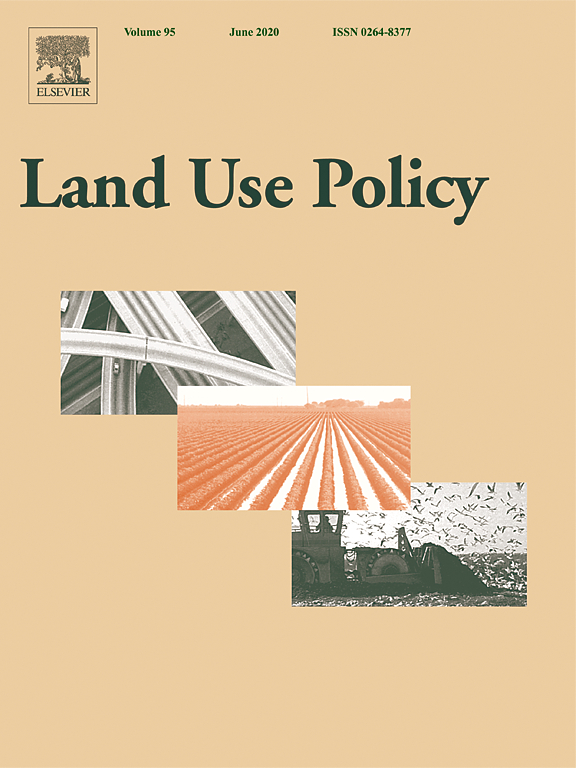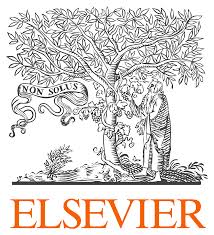Location
Land Use Policy is an international and interdisciplinary journal concerned with the social, economic, political, legal, physical and planning aspects of urban and rural land use. It provides a forum for the exchange of ideas and information from the diverse range of disciplines and interest groups which must be combined to formulate effective land use policies. The journal examines issues in geography, agriculture, forestry, irrigation, environmental conservation, housing, urban development and transport in both developed and developing countries through major refereed articles and shorter viewpoint pieces.
Land Use Policy aims to provide policy guidance to governments and planners and it is also a valuable teaching resource.
ISSN: 0264-8377
Members:
Resources
Displaying 196 - 200 of 279Food, farmers, and the future: Investigating prospects of increased food production within a national context
With international food price shocks in 2008 and 2011, food security became a political priority in many countries. In addition, some politicians have recently adopted a more nationalistic stance. Against that background, this paper critically investigates the prospects of increased food production within a national context. We use a small, high-income country, Norway, as an empirical case. In 2012, the government set a goal of increasing agricultural food production by 20% by 2030. We ask: 1) How has food production in Norway developed before and after the goal was set?
A misfit in policy to protect Russia’s black soil region. An institutional analytical lens applied to the ban on burning of crop residues
Russia’s region of Chernozem and Kastanozem soils in Western-Siberia, where this study focused on the Kulunda steppe, has great potential as a carbon sink, particularly if the current widespread practice of burning crop residue can be replaced with conservation tillage practices that will return the residue to the soil. Environmentally-oriented land use policy measures have been introduced that could accomplish that goal. But these measures are quite recent, and face obstacles in the prevailing post-socialist institutional environment and in cultural norms.
Convergence of Romanian and Europe Union agriculture – evolution and prospective assessment
This paper presents forecasts related to the evolution of agricultural production in Romania, relative to the European Union average and to other countries (France, Germany, and Hungary) while taking into consideration the production potential of Romanian agriculture and opportunities to mobilize certain additional financial sources intended for the growth of intermediate consumption and implicitly of the value of agricultural production.
Transformations of the Romanian agricultural paradigm under domestic economic policy reforms: An analysis during 1960–2011
The main aim of this paper is to investigate the transformations of the Romanian agricultural paradigm under the domestic economic policy reforms. An econometric approach is adopted by analyzing the evolution of Romanian agriculture between 1960 and 2011 from the perspective of its implications on residential land economy. This methodological choice relies on its high degree of applicability and its ability to reveal the massive transformation of the Romanian agricultural paradigm during the period under focus.
Farmers’ perception of effective drought policy implementation: A case study of 2009–2010 drought in Yunnan province, China
Using a qualitative social research method at the local administrative level, this paper provides insight into the policy process in China and farmers’ perceptions of the effectiveness of policies implemented to deal with drought. Two villages in rural South-West Yunnan were purposefully selected for the study. The research started with the general assumption that China has a strong top-down hierarchal approach to policy processes and that funding dispersal is prioritised by the central government.




